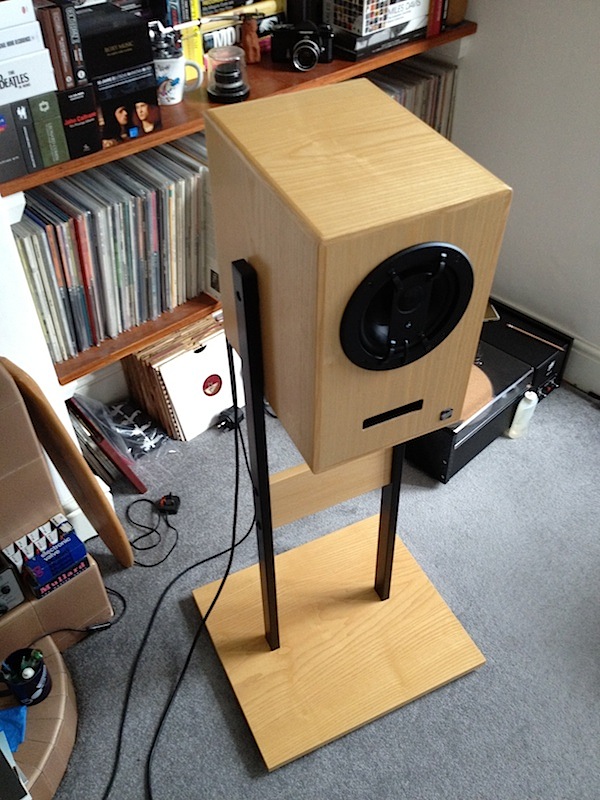Yes, very German and rather expensive! That’s my old pair of Musikelectronic Geithain RL-904s, I think they are about £6.5k new (I bought second hand for a fraction of that). The port-loading just didn’t suit my room so they didn’t stay long, other than that they were very nice. I seem far better off here either with huge full-range speakers like the Tannoys or sealed-box mini-monitors, though I’d love to try the RL901s. I’m not sure how much they are, around £11k IIRC, but I don’t know if that is for a pair or each!


